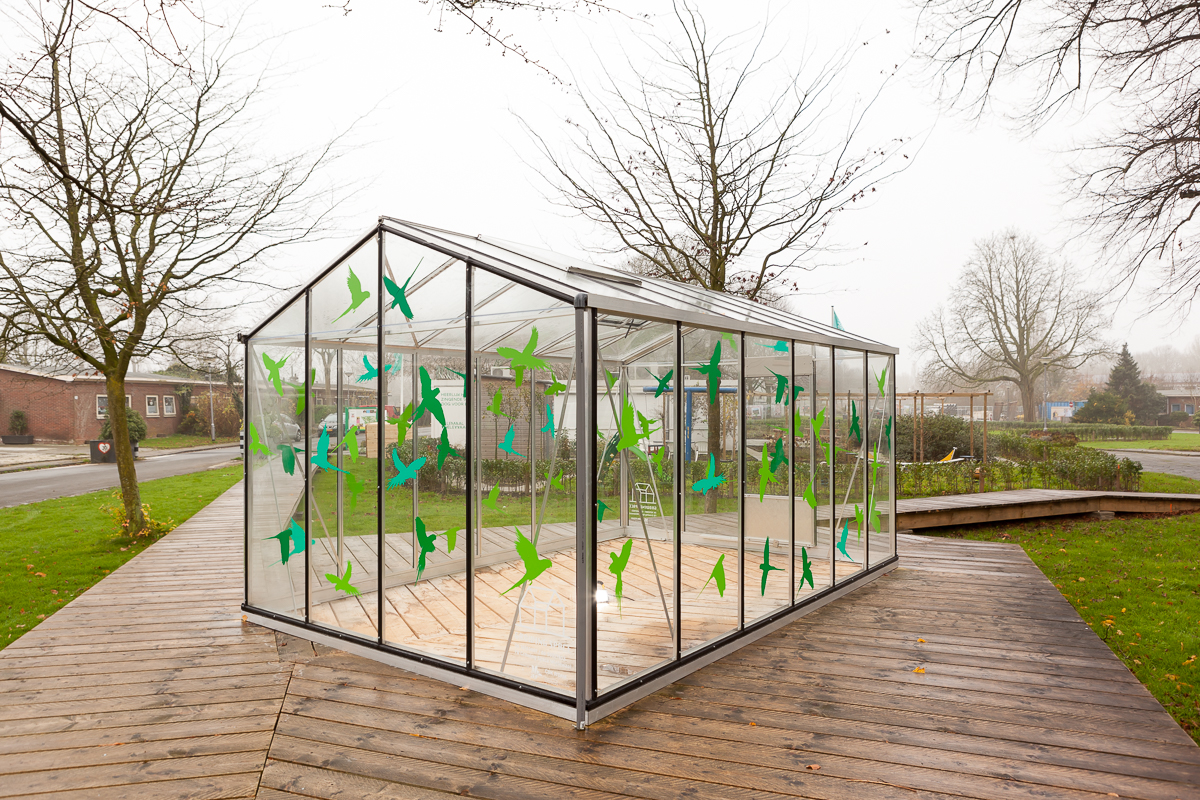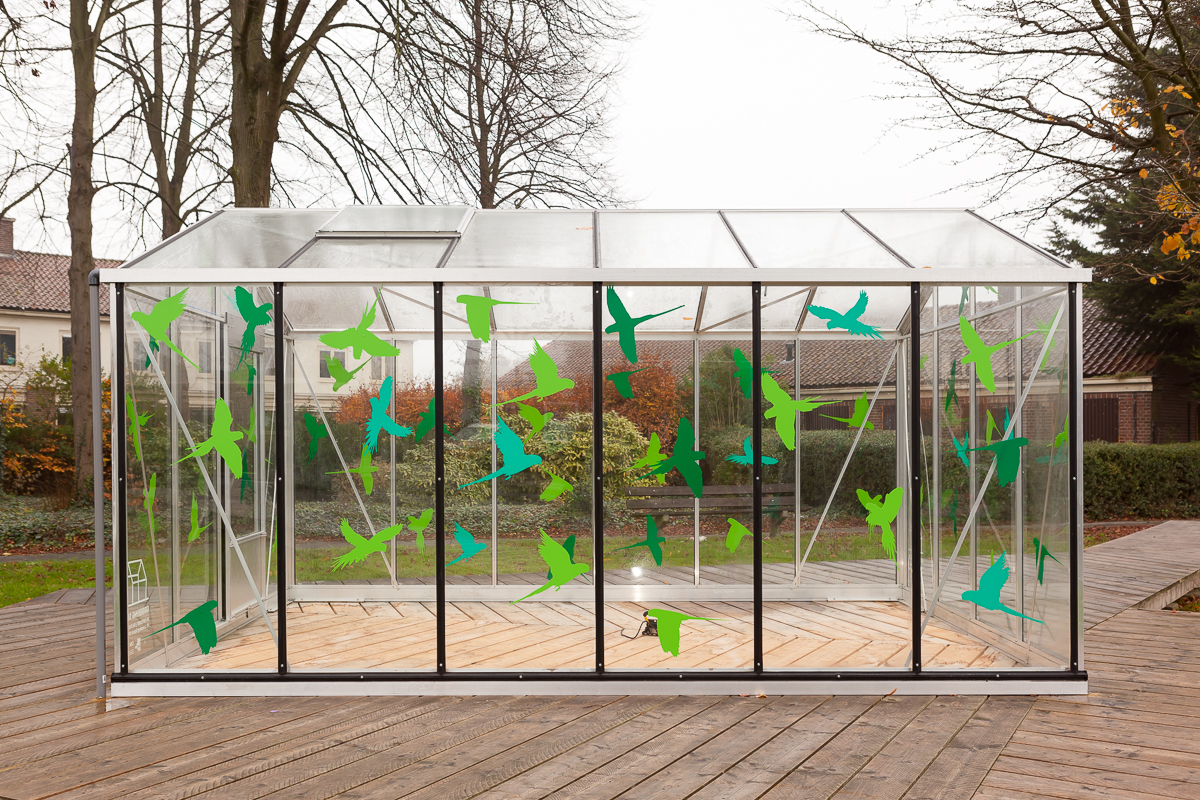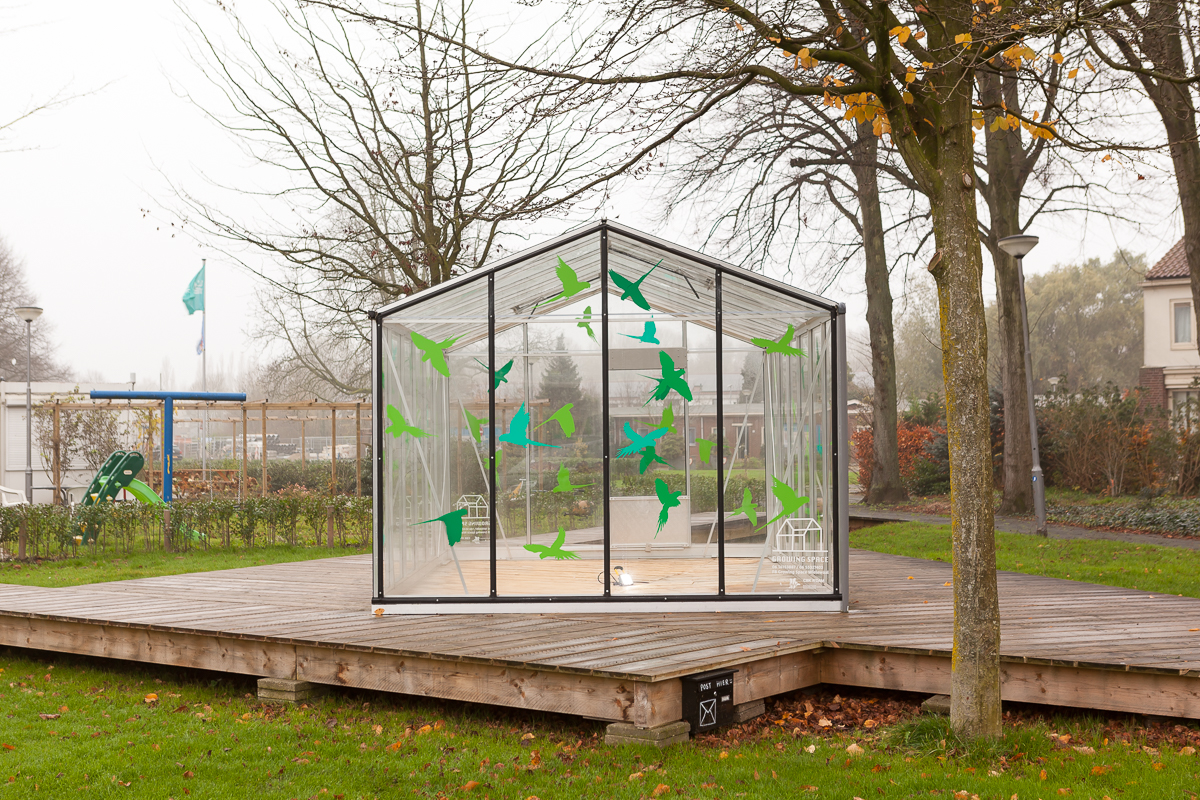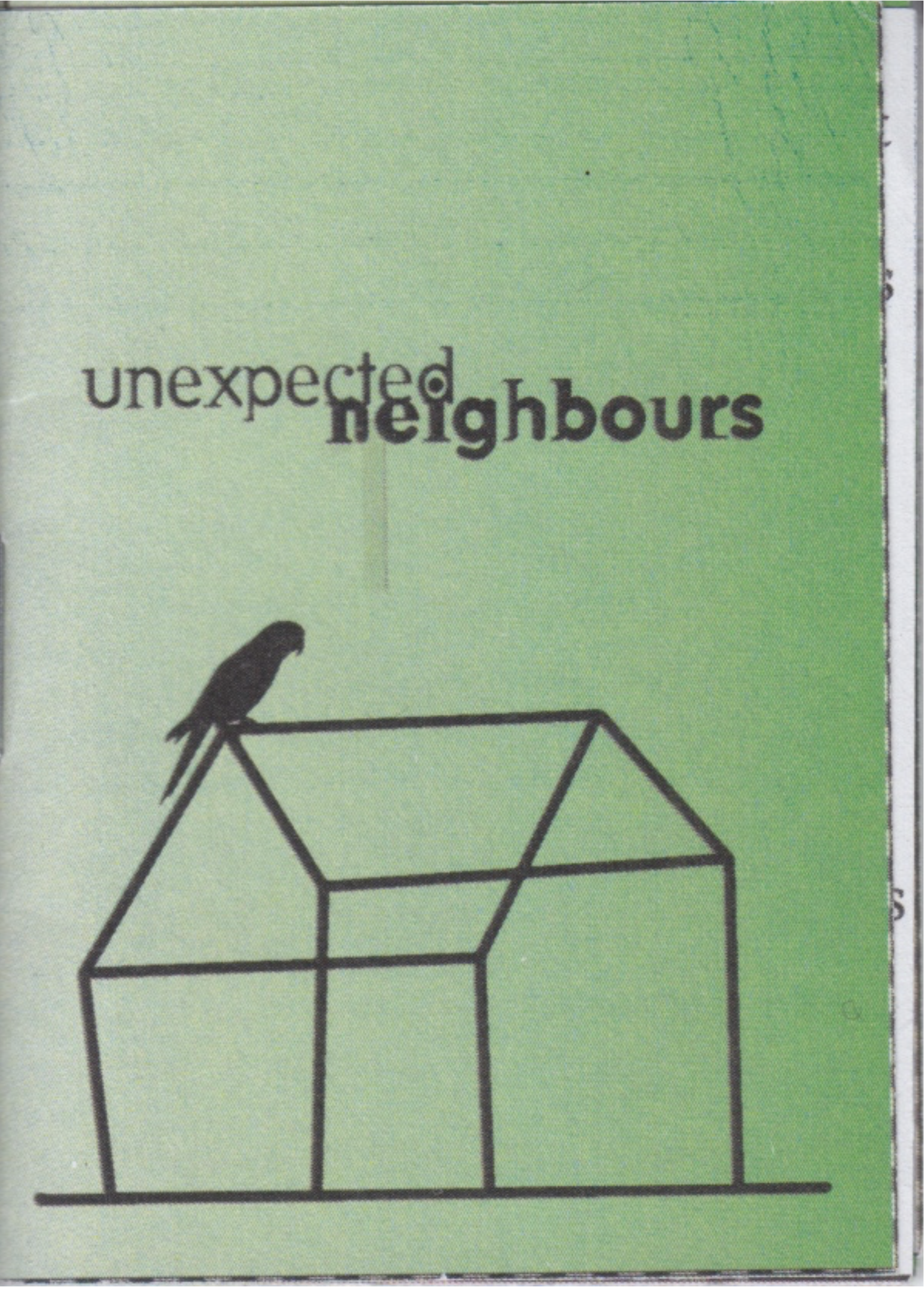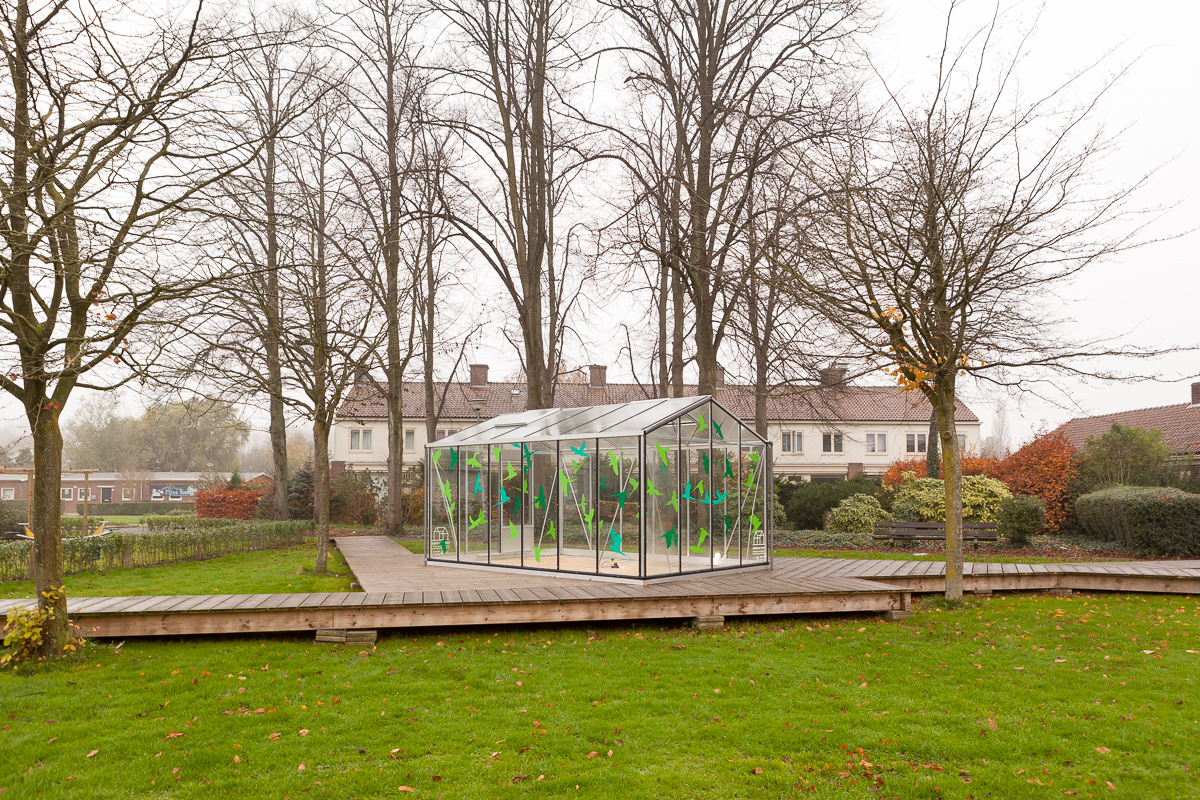unexpected
neighbors
growing space
rotterdam
2020
rotterdam
2020
When I arrived in the Netherlands two years ago one of the things that immediately caught my attention were some little green flying aliens. Soon it became clear to me that they represented how I felt. A little bit like the Bororos, the indigenous people of Brazil that fascinated european anthropologists and ethnographers, who proclaim “we are red parakeets”. And no, they don’t mean it metaphorically. But rather in a way of being in the world in a way in which the instruments of Western reason are lacking.
At the same time in asking questions to others about them I realized that most narratives surrounding the parakeets are informed by a combination of urban myths and colonial tropes, complicit with exoticist world-views throughout history, revealing the connections between ecology, coloniality, and representation.
The response to the growing numbers of parakeets in Europe has been uneven and contradictory; some governments and municipalities have gone as far as total eradication, laws to forbid feeding them, while some are “still studying the situation”. But they are also considered an example of successful synurbanisation; an evolutionary process whereby animals adapt to living in urban areas, a process that could, in turn, be applied to endangered species according to dutch ornithologist Roelant Jonker. Parakeets went from pets to pests, as some articles describe, leaving them trapped in a dichotomy that only allows for domesticación or erradicación mirroring extrativists view of nature.
This discourse has normalized into one of politized ecology and of natural purism, which understand ecosystems as closed systems that fit into notions of landscape mired in the anthropocentrism characteristic of the nation state model. These new cases of non-human migration into urban centers have given way to the concept of ‘Eco-xenophobia’, which designates ill informed judgments and segregation of non-human actors marked by cultural ideas of what is native, what is alien, what is welcome and what is not.
This view is historically linked to the colonial practice of classifying nature and everything in it, a fundamental part of processes of expansion and domination. When a species is categorized as exotic, it automatically creates a center and a periphery, and inside and an outside, that configures colonial power relations. The construction of the exotic is also exemplified in the history of institutions such as the Zoos, Botanical Gardens, and incipient Museum collections.
In addition to these large ideological configurations, non-human animals lost their voice and political rights through this categorization. Perhaps now is a unique moment to act from “the importance of listening to animal voices, introducing ways to help us bridge the divide between the human and non-human world (...)” as Eva Meijer proposes in her groundbreaking work When animals speak: Toward an interspecies democracy.
